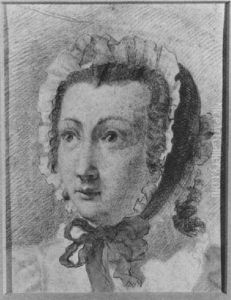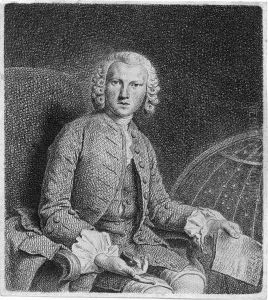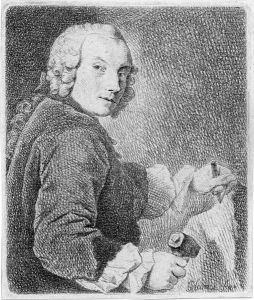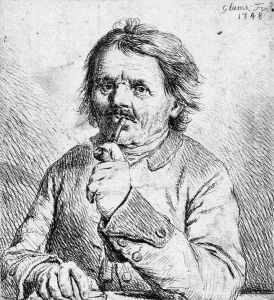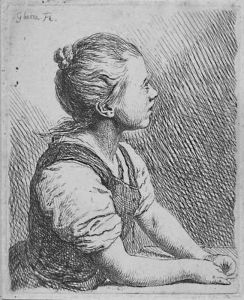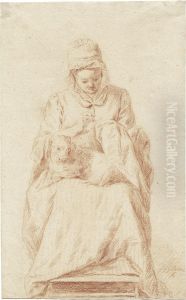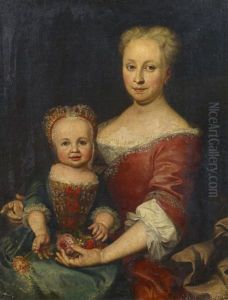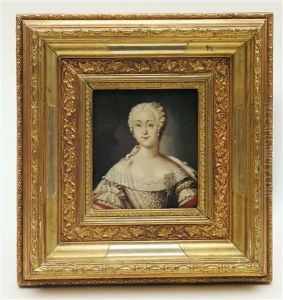Johann Gottlieb Glume Paintings
Johann Gottlieb Glume was a German sculptor born in 1711 in the city of Berlin. He came from a family of artists, with his father, Christian Glume, being a goldsmith and his mother, Susanna Elisabeth, coming from a family involved in the arts. His family background played an essential role in shaping his interest and career in sculpture.
Glume received his initial training from his father before enrolling in the Academy of Arts in Berlin, where he honed his skills in sculpting. He showed considerable talent from an early age and was influenced by the Baroque style, which was prevalent during his time. His works encompassed both religious and secular themes, and he was known for his attention to detail and ability to capture the human form with accuracy and expressiveness.
In 1741, Glume succeeded Johann Georg Glume, presumably a relative, possibly his uncle, as the court sculptor to King Frederick II of Prussia, a position that gave him significant recognition and allowed him to contribute to the artistic landscape of Berlin during the Enlightenment. During his tenure as court sculptor, he worked on various projects, including decorative works for royal palaces and public buildings.
Glume's works include sculptures, busts, and reliefs, and his contributions can be seen in the architectural fabric of Berlin. Notably, he created the allegorical figures for the Berlin Opera House and contributed to the decoration of the Charlottenburg Palace. His style evolved over time, and he gradually moved towards Neoclassicism, particularly later in his career.
Johann Gottlieb Glume passed away in 1775 in Berlin. Although not as widely known today as some of his contemporaries, his work remains an integral part of the 18th-century German sculpture and reflects the cultural and artistic developments of his time. His legacy is preserved in the collections of various museums and in the architecture of Berlin, where his artistry continues to be appreciated by art historians and enthusiasts alike.
